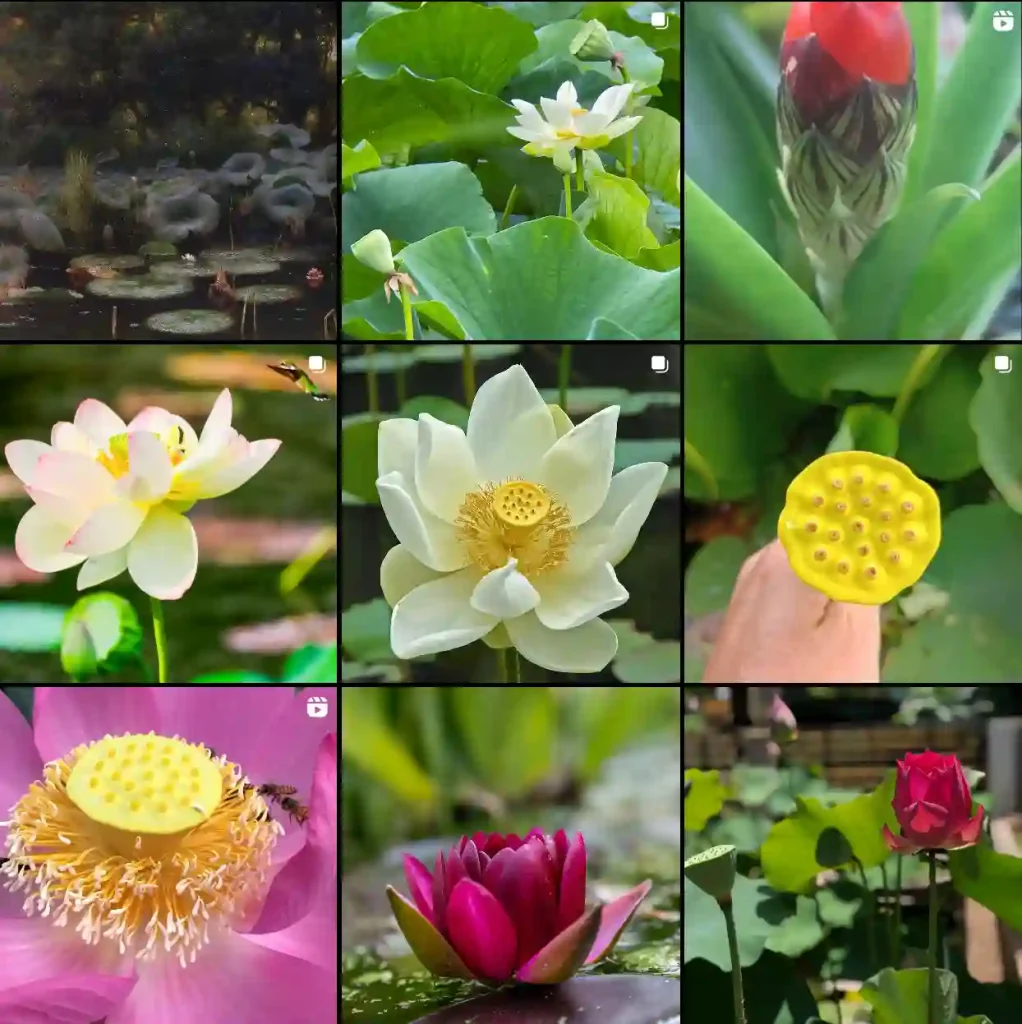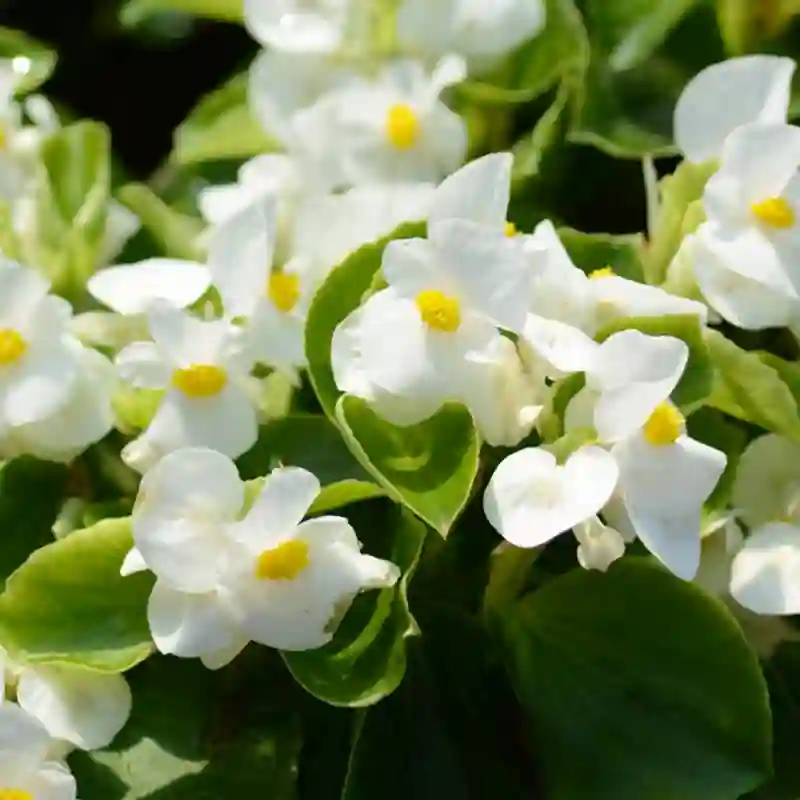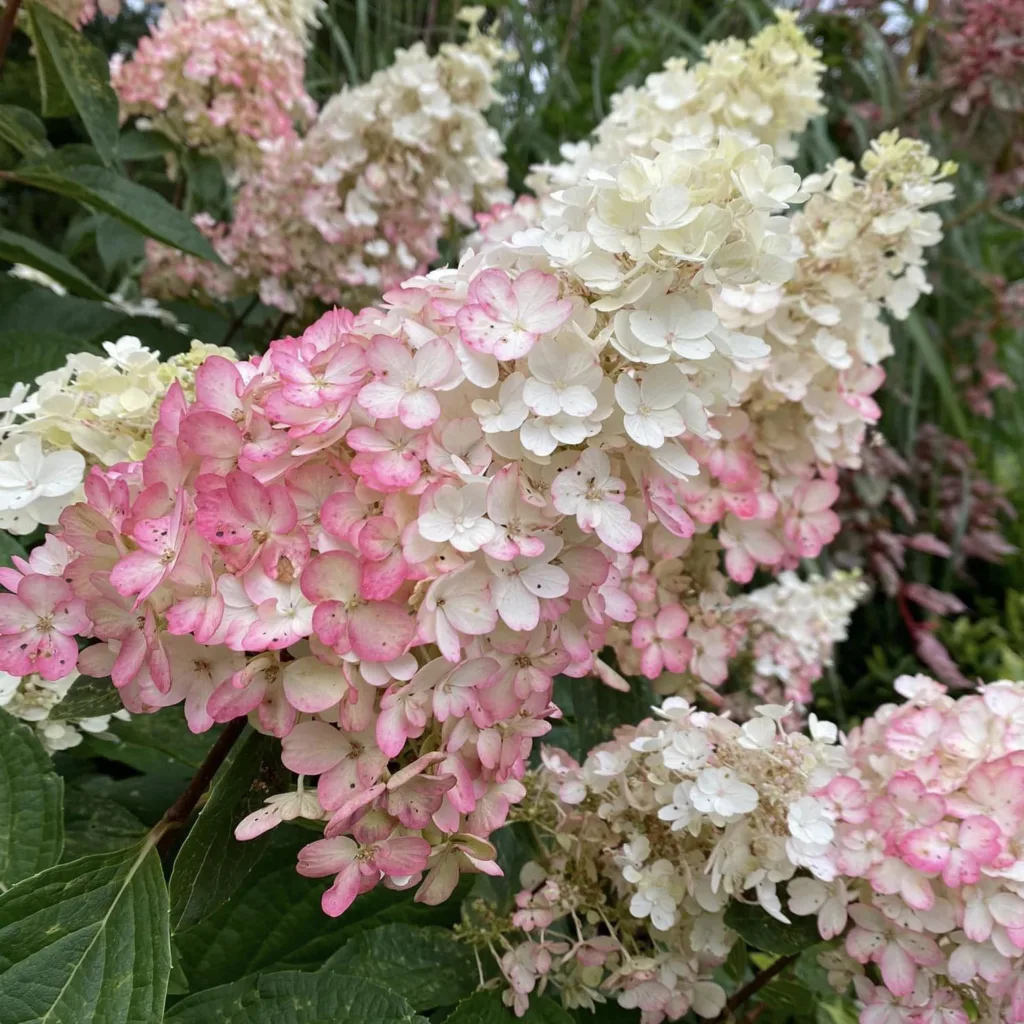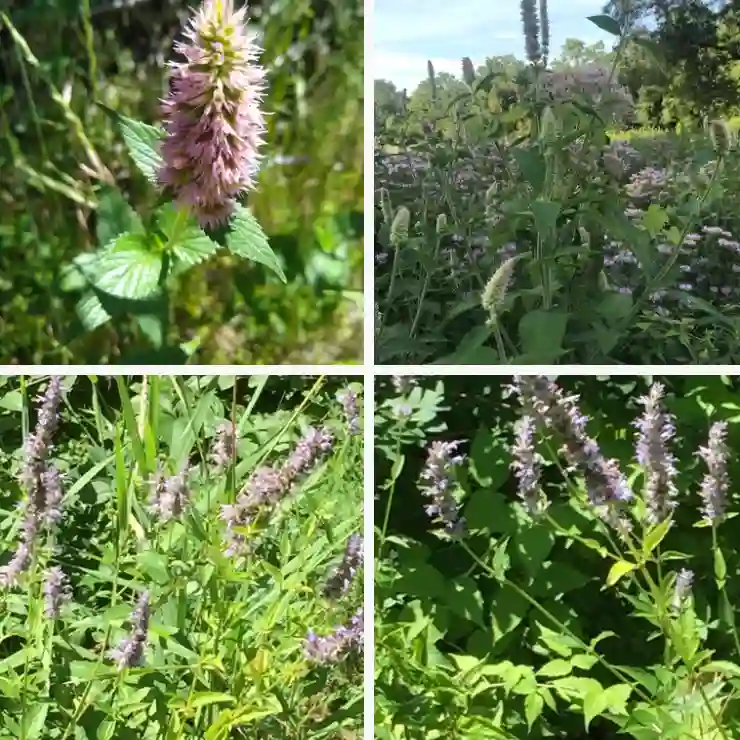Hosta Barbara Ann: A Shade-Loving Beauty with Wide Appeal
I’m Ferb Vu, and I’m here to answer your questions about the stunning Hosta Barbara Ann. This shade-loving perennial is a favorite among gardeners for its striking foliage and easy care requirements. Whether you’re a seasoned gardener or just starting out, the Hosta Barbara Ann is a wonderful addition to any shaded space.
31 Species in Genus Hosta
What Makes Hosta Barbara Ann Special?
The Hosta Barbara Ann boasts a truly unique appearance. Its thick, corrugated leaves are a cool blue-green, edged with a wide, creamy white margin that matures to a bright white. This bold contrast creates a stunning visual impact in the shade. The leaves are moderately cupped and have a slight sheen, adding to their elegance.
Beyond aesthetics, the Hosta Barbara Ann is a champion of low maintenance. It’s a medium-speed grower, reaching a mature size of 24 inches tall and 48 inches wide. This means it won’t overwhelm your garden beds and requires minimal dividing, perhaps every 5 years.
Another big plus: Hosta Barbara Ann is a standout among its brethren for its excellent slug resistance. Slugs can be a real nuisance for hostas, but this variety stands strong against their slimy attacks.
In midsummer, the Hosta Barbara Ann puts on a show with tall scapes (flower stalks) reaching up to 26 inches. These sturdy stems hold clusters of large, white, trumpet-shaped flowers. While not fragrant, the blooms add a delicate touch to the bold foliage.
How to care for Hosta Barbara Ann?
Here’s how to ensure your Hosta Barbara Ann thrives in your garden:
- Light: This shade lover prefers dappled sunlight or even full shade. Avoid harsh afternoon sun, which can scorch the leaves.
- Soil: Hosta Barbara Ann appreciates moist, well-drained soil. Amend your existing soil with organic matter like compost for optimal drainage and nutrient retention.
- Planting: Plant your Hosta Barbara Ann in the spring or fall. Dig a hole twice the size of the root ball and amend the soil as mentioned above. Water deeply after planting and keep the soil consistently moist during the first growing season.
- Watering: Once established, your Hosta Barbara Ann is fairly drought-tolerant. However, during hot and dry periods, provide regular watering to maintain healthy foliage.
- Fertilizing: A light application of balanced fertilizer in early spring can benefit your Hosta Barbara Ann. However, avoid over-fertilizing, which can encourage excessive leaf growth at the expense of flowers.
How does Hosta Barbara Ann compare to Hosta Elegans?
Both Hosta Barbara Ann and Hosta Elegans are beautiful blue-green hostas with white margins. However, there are some key differences:
- Margin width: Hosta Barbara Ann boasts a much wider white margin compared to the narrower margin of Hosta Elegans.
- Leaf texture: Hosta Barbara Ann has a more pronounced corrugation on its leaves compared to the smoother texture of Hosta Elegans.
- Growth rate: Hosta Barbara Ann is a medium-speed grower, while Hosta Elegans is a slower grower.
Is Hosta Barbara Ann deer resistant?
While not completely deer-proof, Hosta Barbara Ann is generally less palatable to deer compared to other hosta varieties. The thick, corrugated leaves may be less appealing to browsing deer.
Can Hosta Barbara Ann be grown in containers?
Yes, Hosta Barbara Ann can be successfully grown in containers. Choose a pot at least 18 inches wide and deep with drainage holes. Use a good quality potting mix and ensure consistent moisture. Place the container in a shaded location and enjoy the beauty of Hosta Barbara Ann on your patio or balcony.
Where can I buy Hosta Barbara Ann?
Many online nurseries and garden centers offer Hosta Barbara Ann. You can also find it at specialty hosta growers.
With its striking looks, easy care requirements, and slug resistance, the Hosta Barbara Ann is a surefire winner for your shade garden. So why not add this beauty to your collection and enjoy its charm for years to come?
If i die, water my plants!



